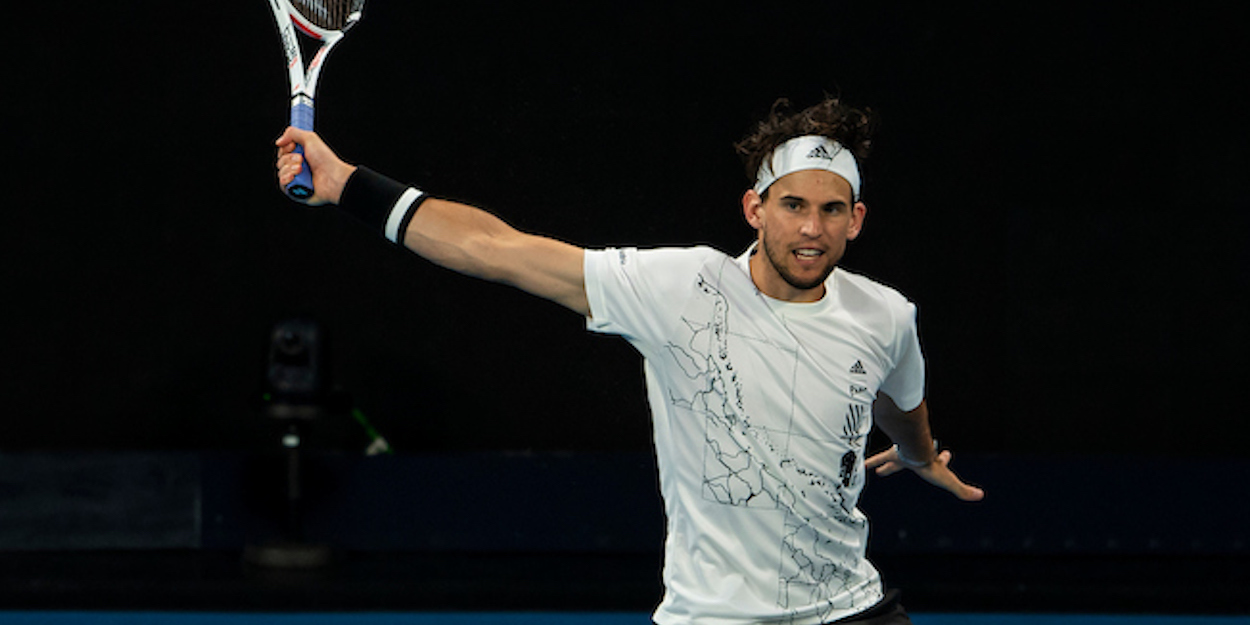Winning a grand slam title is the pinnacle of any tennis player’s career, especially given how they have been in such short supply to players who do not find themselves classified as being part of the Big Three. But the same is true for the women’s game as well, lifting a grand slam trophy is the greatest reward for a life spent dedicated to the sport. Even if players only get to do it once, it is an accomplishment that will live with them forever. Indeed, it is an achievement that evokes an enormous amount of pride when a player looks back on their career after retiring.
Tennis is, after all, a solo sport that requires extraordinary self-sacrifice if one is to end up winning a grand slam in the future. The journey to the summit of the sport can often be a winding road that is paved with pain and loneliness, indeed, there are many days of hardship that precede the Everest like highs of winning a grand slam.
So with this in mind, which of tennis’ four fabled grand slams is in fact the hardest to win? Which one requires the players to dig the deepest in their bid to have their names etched into tennis history?
The liberation of Paris
The general feeling on tour is that the French Open trophy is the toughest out of the four for players to get their hands on. Surprisingly, it isn’t the long journey to Australia, the lightning-fast courts of the US Open, or the overwhelming occasion at Wimbledon that demands the most out of tour players. Instead, it is the picturesque setting on the outskirts of western Paris that grinds the soul out of players the most, and this is all down to the courts on which the French Open is contested.
More light, more emotions.
Roland-Garros never stops.#RolandGarros #RGneverStops? Tournament schedule ? https://t.co/qNF3py4iDj pic.twitter.com/aRZm4k6iO7
— Roland-Garros (@rolandgarros) May 12, 2021
Indeed, it is the clay surface of Roland Garros that provides players at the French Open with a unique challenge, entirely different from what any other of the three grand slams offer. The best way to describe it is probably as a war of attrition given that there are no easily won points on the unforgiving red clay of the French Open. The surface isn’t as slick as that of the hard courts of the US Open, or the grass courts of Wimbledon, which takes the power away from tall players with a booming serve. Instead, on clay, players have to be more mobile, inventive, and above all, ready to dig in to win a point on this crumbling surface that can spin as much as a cricket pitch in Kolkata. For competing players, it is a ceaseless fight to remain focused on this arduous surface that can break the will of a player all too easily.
The King of Clay
You just have to consider Rafa Nadal’s amazing powers of concentration to understand why he has been the greatest to have ever played on the clay surface. The Spaniard, of course, has the iron physique needed to match the physical demands of Roland Garros, but it is his intense focus for long periods of time that gives him the edge on clay, this is of course why he is the favorite to win the French Open every year. Indeed, recommended tennis betting sites often price Nadal as an odds-on favorite to win the French Open, and this hasn’t changed in 2021 with the Mallorcan-born superstar priced at just 5/6 to win his 14th Roland Garros title. These aforementioned recommended sites offer an array of wagering markets to help punters profit from the racquet sport. They also offer crucial tennis wagering tips like comparing head-to-head records which can help maximize profit before wagering on a competition like the French Open.
Looking out for these vital tips is an important practice that will make sure punters don’t get blindsided by a nasty surprise after being ill-informed.
In fact, few know that Novak Djokovic has a better head-to-head record against Nadal, with the Serb just edging it having won 29 out of the 57 games they’ve played. Being given access to this type of inside knowledge is the reason why it is so imperative that punters shop around before choosing a sports wagering provider.
Rafa Nadal cuts his career head-to-head with Novak Djokovic to a single match. pic.twitter.com/NKEYIsWLXI
— US Open Tennis (@usopen) May 16, 2021
Although it must be pointed out that despite Djokovic’s superior head-to-head record, the 34-year-old still can’t find a way to beat Nadal on clay, but then again, who can?
On This Day (2007): @RafaelNadal wins his 76th consecutive match on clay, breaking John McEnroe’s record for most consecutive victories on one surface. pic.twitter.com/4ZUDwRKHds
— ATP Tour (@atptour) May 12, 2021
This is the final reason why winning the French Open is the toughest. In reality, having to compete against the world’s greatest ever clay court exponent has provided an added challenge to winning the French Open. There is good reason to believe that we won’t see anyone remotely as skilled on these courts as the man they call the King of Clay.
Between the devilish surface and having to beat the greatest of all time, the French Open is by far the hardest grand slam to win.















